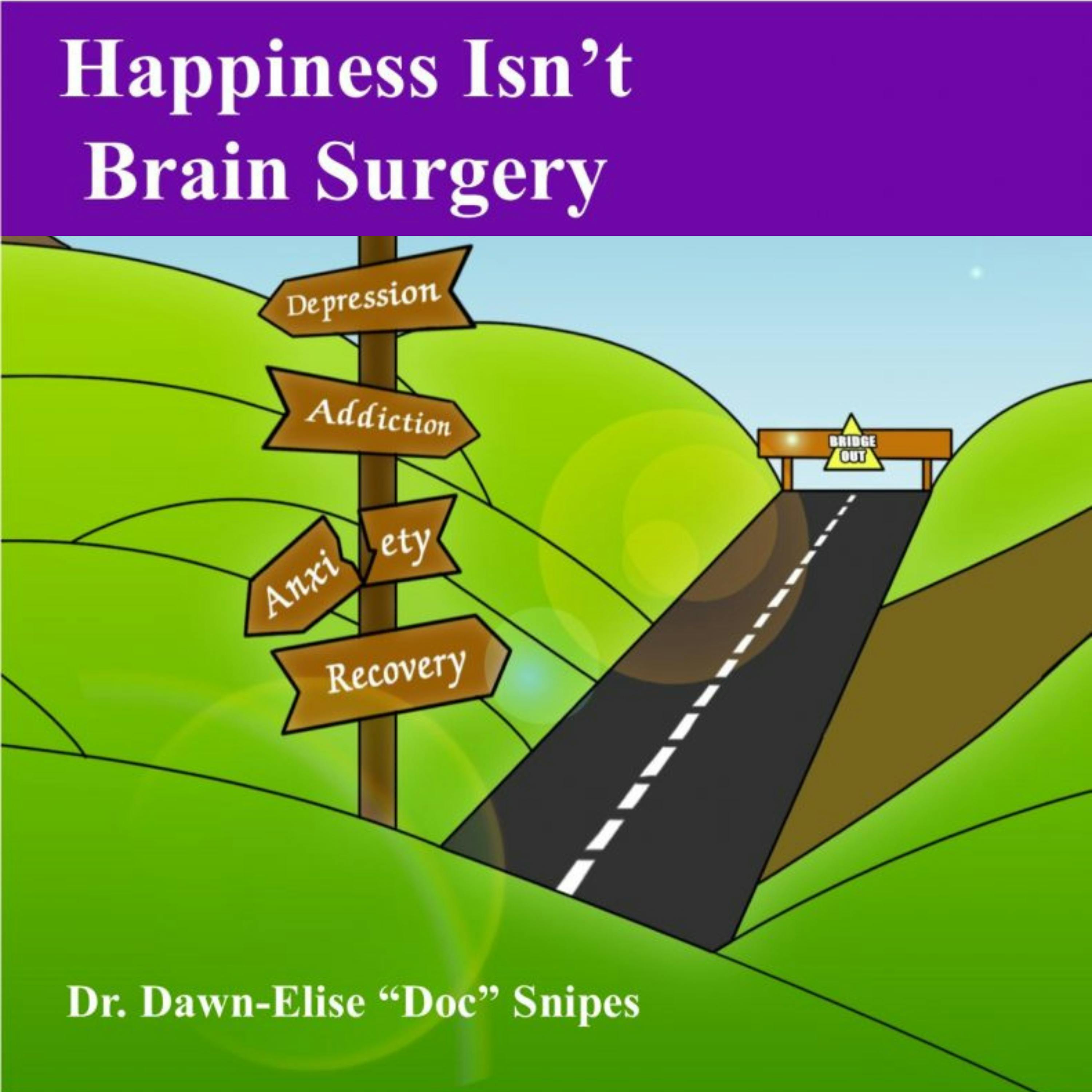75 -Psychological Flexibility
Description
Objectives
~ Define psychological flexibility
~ Explore how to apply psychological flexibility
~ Identify the shortcut question
What is Psychological Flexibility
~ The willingness to accept things as they are in the moment and make a conscious choice to act with effective purpose choosing behaviors, thoughts and feelings that move you toward a rich and meaningful life.
Clarifying the Destination
Values & Goals
~ Clarifying
~ Relationships: Who is most important to you?
~ Which people?
~ What do you want those relationships to be like?
~ What events, things, experiences are meaningful to you?
~ Work
~ Health
~ Personal Growth
Clarifying cont…
~ Values
~ What values do I want to embody (Choose 5)?
Psychological Flexibility
Destination Happiness
Psychological Flexibility
Defining the Destination
Psychological Flexibility: Awareness
Psychological Flexibility Autopilot/Negative Bias Example
Psychological Flexibility Summary
STEP 1: It is what it is.
Becoming Mindful
~ Fly on the Wall / Data /Scientist
~ Curious
~ Objective
~ Nonjudgmental
Mindfulness in the Present Moment
Awareness of What Is
~ Bringing full awareness to your here-and-now experience
~ How do I feel?
~ What are my thoughts, wants and urges?
~ What physical sensations am I experiencing?
Note: These are probably mostly the Autopilot/Negative Bias sensations
Mindfulness in the Present Moment
Awareness of What Is
~ Bringing full awareness to your here-and-now experience continued…
~ Getting into the “rational (reasonable) mind” (Distress tolerance)
~ Describe the environment—smell, temperature, colors, objects, people, sounds, etc…
~ I (see, hear, smell) ______ It reminds me of _____
~ Identify alternate thoughts, feeling and actions that you could use to address the issue that would get you closer to your goals.
Step 2: Acceptance
~ Make room for unpleasant feelings, sensations, urges
~ Allow them to come and go without running from them or giving them undue attention.
Step 3:
Unhooking Thoughts and Behaviors
~ Cognitive diffusion means:
~ “Stepping back” and recognizing that thoughts are just temporary, automatic events
~ Perceiving thoughts, images, and memories as bits of language, and pictures—as opposed to what they can appear to be—threatening events, objective truths (Example: Nightmares)
~ Unhooking: Thoughts/feelings don’t always have to lead to action
Unhooking Activity
~ Think of a behavior that you “automatically” do when you get stressed or angry.
~ Drink/use drugs
~ Self injure
~ Withdraw
~ Lash out
~ How can you take a pause to become mindful and make an informed, committed decision
(Hint: These will become TOWARD behaviors later)
Unhooking Thoughts and Behaviors
~ Here’s a simple exercise in unhooking:
~ Think of a negative behavior. “I need to X” “I need to have a pizza.”
~ Think about it. Believe it as much as you can.
~ Notice how it affects you.
~ Now insert the phrase “I’m having the thought that….” in front of “I need to X.”
~ Think about it.
~ Notice what happens.
Unhooking Thoughts and Behaviors
~ Here’s a simple exercise in unhooking:
~ Think of a negative self-judgment that takes the form “I am X” such as “I’m stupid.”
~ Think about it. Believe it as much as you can.
~ Notice how it affects you.
~ Now insert the phrase “I’m having the thought that….” in front of “I am X.”
~ Think about it.
~ Notice what happens.
Applying
~ Once you have
~ Observed
~ Accepted
~ Unhooked
~ Then you are more able to sort through your thoughts and feelings an
More Episodes
Published 09/06/18
100+ Practical Tools to Defeat Depression
Social Interventions
Dr. Dawn-Elise Snipes, PhD, LPC-MHSP, LMHC
Executive Director, AllCEUs Counseling Education
Podcast Host: Counselor Toolbox, Happiness Isn’t Brain Surgery
Objectives
~ Identify the benefits of social support
~ Explore the...
Published 08/23/18
Published 08/23/18


